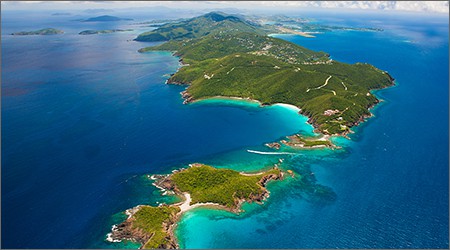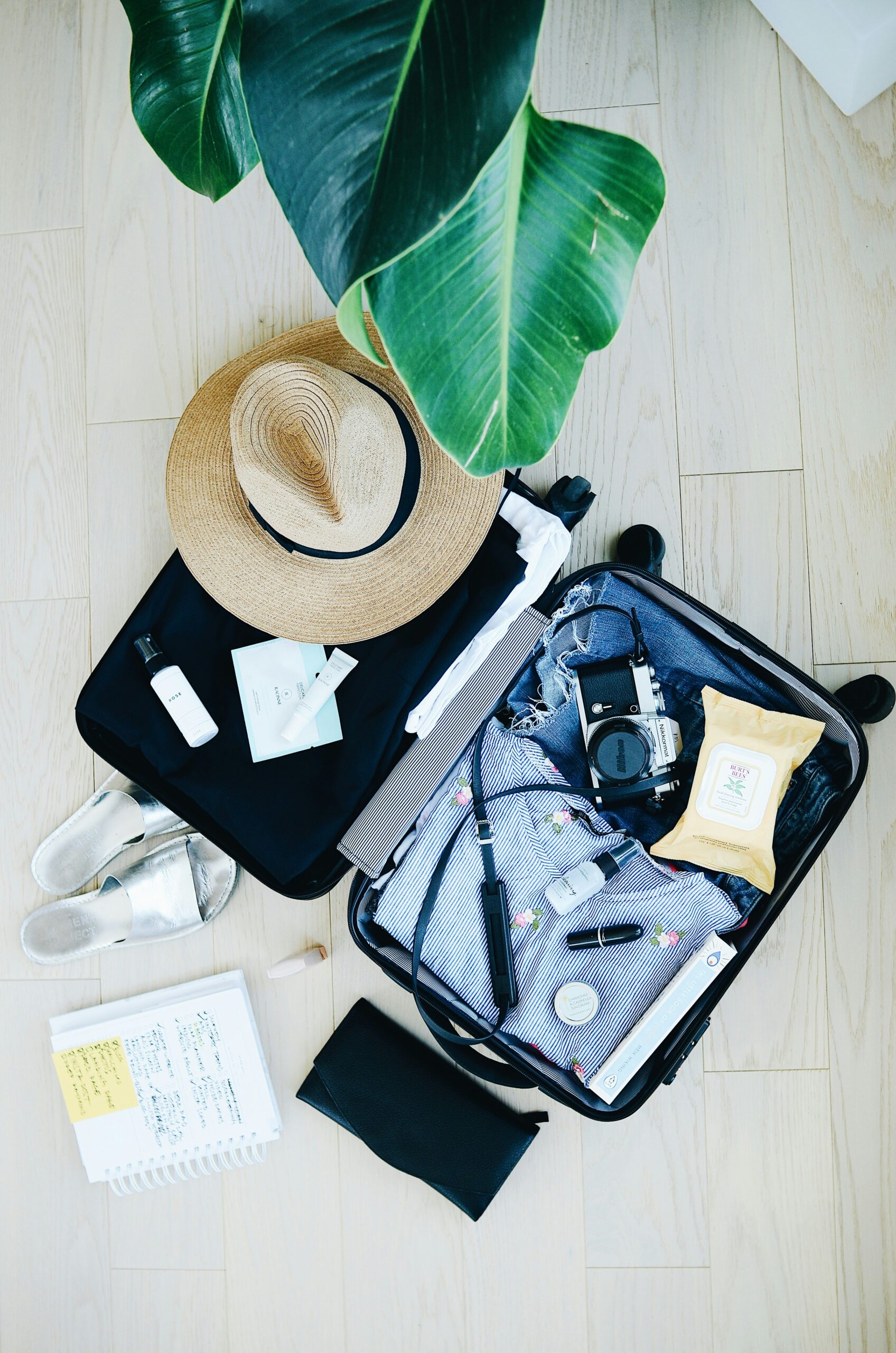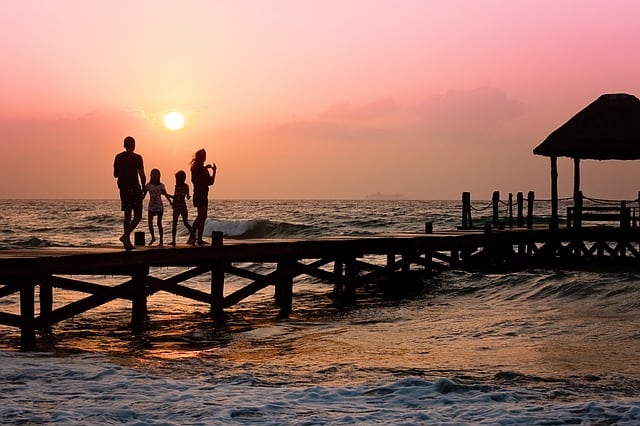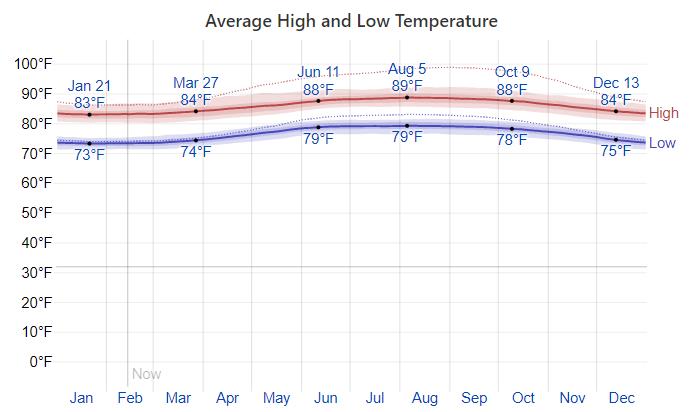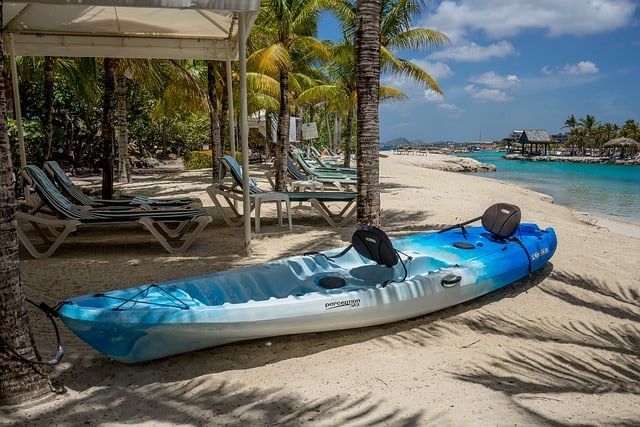The Virgin Islands National Park offers hiking, boating, snorkeling, and put simply, an amazing view. Located on the island of St. John, Virgin Islands National Park is a small gem offering tons of sights to visitors. The tropical feeling is strong with more than 800 subtropical plant species growing in the forests & mangrove swamps. Around the island live coral reefs full of fragile plants and animals. The US Virgin Islands are a great place to explore with activities like boating, sailing, snorkeling, and hiking. Check out the beauty of this national park & as well as one of the world’s most beautiful beaches.
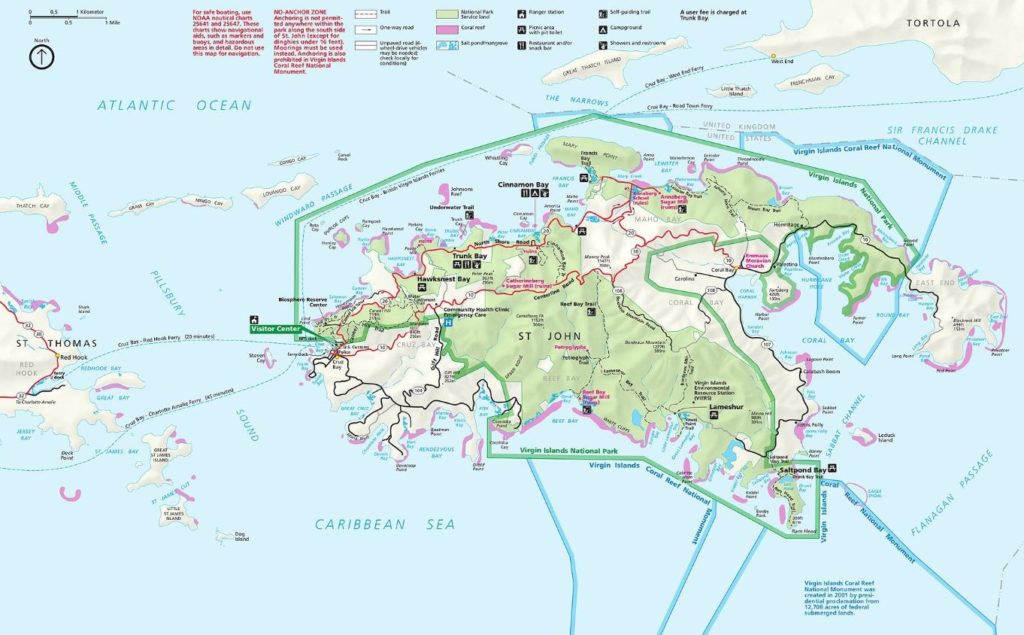
A Map of the Virgin Islands National park (see https://en.wikipedia.org/wiki/Virgin_Islands_National_Park#/media/File:NPS_virgin-islands-map.jpg)
History of the National Park
While Columbus set his sights on the islands in 1493, it was inhabited long before that. Archeological finds show South Americans migrating northward and living on Saint John as early as 770 BC. Taino Indians later used the sheltered bays for their villages.
In 1694, the Danes took formal possession of the island. Attracted by the prospects of sugar cane cultivation, they established the first permanent European settlement on Saint John in 1718 at Estate Carolina in Coral Bay. By the early 1730s, production expanded so much that there were 109 working cane & cotton plantations.
As the economy grew from plantations, so did the demand for slaves. But, the emancipation of slaves in 1848 led to the decline of the plantations on the island and by the early 20th century cane & cotton plantations were replaced with cattle & subsistence farming as well as rum production.
The United States purchased the island in 1917 and by the 1930s tourism began to expand. Rockefeller bought land on Saint John in the 1950s and in 1956 donated it to the Federal Government to create a national park. On August 2, 1956 Virgin Islands National Park was established. The park was made up of 9,485 acres on St. John and 15 acres on St. Thomas. In 1962, the boundaries were enlarged to include 5,650 acres of submerged lands, including coral reefs, mangrove shorelines, and seagrass beds.
In 1976, Virgin Islands National Park became part of the biosphere reserve network designated by the United Nations, which was the only biosphere in the Lesser Antilles. The park boundaries were once again expanded in 1978 to include Hassel Island located in St. Thomas harbor.
Getting to the National Park
Visitors can take a plane to Charlotte Amalie in St. Thomas, and then grab a taxi or bus to Red Hook. From there, a 20-minute ferry ride is available across Pillsbury Sound to Cruz Bay.
Another option is taking one of the less frequently scheduled ferries from Charlotte Amalie. Though the boat takes about 45 minutes, the dock is much closer to the airport.
The park is open year-round and the climate does not vary that much throughout the year. However, the summer months can get very hot and hurricane season usually runs from June through November, so keep this in mind when planning your trip!
There is no entrance fee for the park, however there is a user fee to enter Trunk Bay which is $5 for adults and children 16 and younger are free. The Visitor Center is open every day from 8:30 a.m. to 4:30 p.m. except Fourth of July, Thanksgiving, and Christmas.
Attractions to See
Trunk Bay is considered one of the most beautiful beaches in the world, featuring a 225-yard long underwater snorkeling trail. A bathhouse, snack bar, souvenir shop, and snorkel gear rentals are available to visitors. But keep in mind that there is a fee to use the equipment, charged by the day.
Ram Head Trail is a short but rocky 0.9 mile trail and is located off Saltpond Bay. It takes visitors to a surprisingly arid environment and you can see several kinds of cacti and the century plants.
Annaberg was once the home of one of the larger sugar plantations on St. John and visitors can tour the remains of the windmill and horsemill that used to crush the sugar cane to extract its juice. Cultural demonstrations such as baking and basket weaving take place Tuesday through Friday from 10 a.m. to 2 p.m.
Reef Bay Trail descends through a steep valley into a subtropical forest. The 2.5 mile trail showcases ruins of sugar estates, as well as mysterious petroglyphs.
Fort Frederik was the property of the king and this fort was part of the first plantation built by the Danes. It was taken over by the French.
Other Areas of Interest
Buck Island Reef National Monument is one mile north of St. Croix and houses a stunning coral reef that encircles almost all of Buck Island. Visitors can take a marked underwater trail by snorkeling or on a glass-bottom boat to explore the reefs unique ecosystem. Hiking trails are also located on 176 land acres with breathtaking views of St. Croix.


